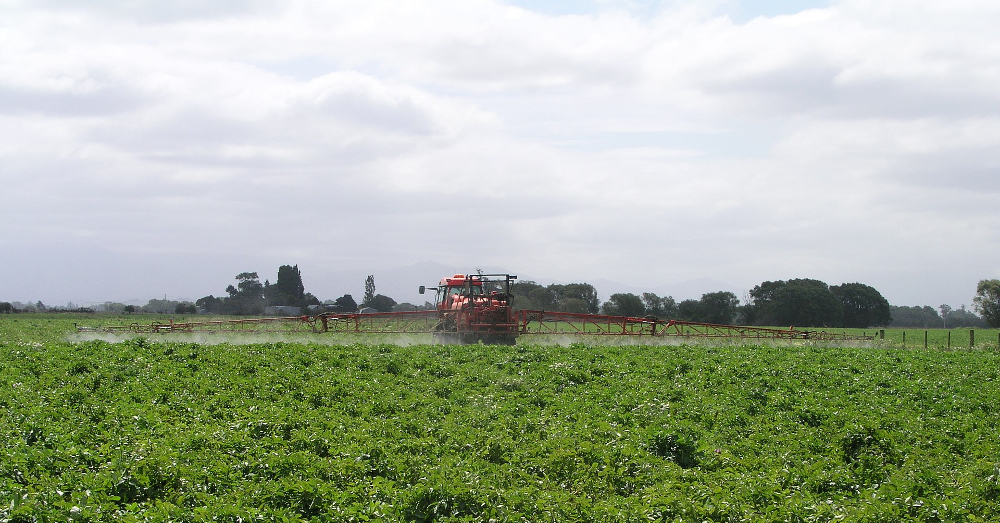
How Monsanto Captured the EPA (and Twisted Science) to Keep Glyphosate on the Market
Everyone is exposed to glyphosate: Residues of the herbicide are found in both fresh and processed foods, and in drinking water nationwide. More and more research suggests that glyphosate exposure can lead to numerous health issues, ranging from non-Hodgkin lymphoma and kidney damage to disruption of gut bacteria and improper hormone functioning.
November 1, 2017 | Source: In These Times | by Valerie Brown
Since 1973, Monsanto has cited dubious science, like tests on the uteri of male mice, and the EPA has let much of it slide.
In April 2014, a small grassroots group called Moms Across America announced that it had tested 10 breast milk samples for glyphosate, and found the chemical in three of them. Glyphosate is the world’s most widely used herbicide and the primary ingredient of Roundup. Although the levels of glyphosate found by Moms Across America were below the safety limits the U.S. Environmental Protection Agency (EPA) has set for drinking water and the U.S. Department of Agriculture (USDA) has set for food, the results caused a stir on social media.
The Moms Across America testing was not part of any formal scientific study, but Monsanto—the owner of the Roundup trademark and the premier glyphosate manufacturer—jumped to defend its most profitable pesticide based on a new study that found no glyphosate in breast milk. But this research, purported to be “independent,” was actually backed by the corporation itself.
“Anybody who finds out about this is not going to trust a chemical company over a mom, even if [that mom] is a stranger,” says Moms Across America founder Zen Honeycutt. “A mother’s only special interest is the well-being of her family and her community.” Honeycutt says she has been sharply criticized for the breast milk project because it was not a formal scientific study. But she says her intention was “to find out whether or not glyphosate was getting in our breast milk, and if it was, to have further scientific studies conducted and therefore to provoke a movement so that policies would be changed.”
Everyone is exposed to glyphosate: Residues of the herbicide are found in both fresh and processed foods, and in drinking water nationwide. More and more research suggests that glyphosate exposure can lead to numerous health issues, ranging from non-Hodgkin lymphoma and kidney damage to disruption of gut bacteria and improper hormone functioning.
The Moms Across America episode fits a pattern that has emerged since 1974, when the EPA first registered glyphosate for use: When questions have been raised about the chemical’s safety, Monsanto has ensured that the answers serve its financial interests, rather than scientific accuracy and transparency. Our two-year investigation found incontrovertible evidence that Monsanto has exerted deep influence over EPA decisions since glyphosate first came on the market—via Roundup—more than 40 years ago.
We have closely examined the publicly available archive of EPA documents from the earliest days of the agency’s consideration of glyphosate. Significant portions of the relevant documents have either been partially redacted or omitted entirely. But this archived material reveals that EPA staff scientists, who found much of the data submitted by Monsanto unacceptable, did place great weight upon a 1983 mouse study that showed glyphosate was carcinogenic.
